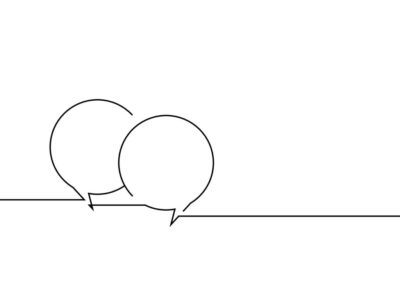Demonstrate humility, understanding that those who do the work are best suited to improve the work, and recognize that one’s lean learning is never complete.
Practitioners: tactical, integrative, and strategic
Demonstrate humility is a reflection of leadership presence in the organizational culture. The lean principle of respect for every person is also reflected in this statement. Many people struggle with this concept because they fail to see it as an element of strategy.
I have recently seen a meme that attempts to capture this idea is a brief and succinct phrase. My interpretation of the meme is this; if the way you treat people is a strategy, then I question its authenticity. Virtue is not the result of strategy; virtue is the foundation of character.
The value of a unified and respected community is an outcome, but its value is unmistakable when it is created from authentic respect. Leaders that attempt to fake this are found out quickly and any momentum that might be taking shape is quickly lost and any evaluation of inauthenticity is strengthened.
I am also reminded of a leader that demanded the presence of a value statement in everyone’s email signature. I was reprimanded for altering the signature. My response was to repeat a comment I was offered from a leader in my past. His statement to me was we demonstrate our values so that we are not required to communicate our values.
Demonstrate Humility
The difference between knowing and doing is tremendous. We move from one to the other through demonstration. If one does not believe that those who do the work know more than those who observe the work, or if one believes that they have learned all there is to learn about any subject, then demonstrating respect for others will be impossible.
To fully utilize the unused creativity that exists within every organization the culture must be built on respect for every individual. Culture reflects each and every leader as individuals and as a group. Our leadership presence is an aggregate of each one’s leadership presence. We must demonstrate respect for every individual together.
Questions For Your Consideration
How does a humble leadership presence impact discretionary effort?
What other behaviors contribute to an inspiring culture?
How are relational processes evaluated?
What kind of leadership training do you provide to new leaders?

Want To Know More . . .



